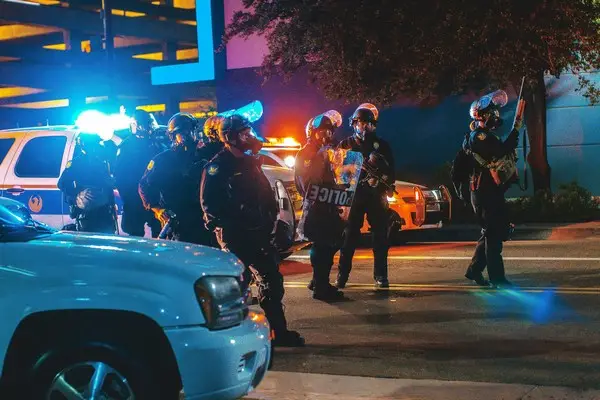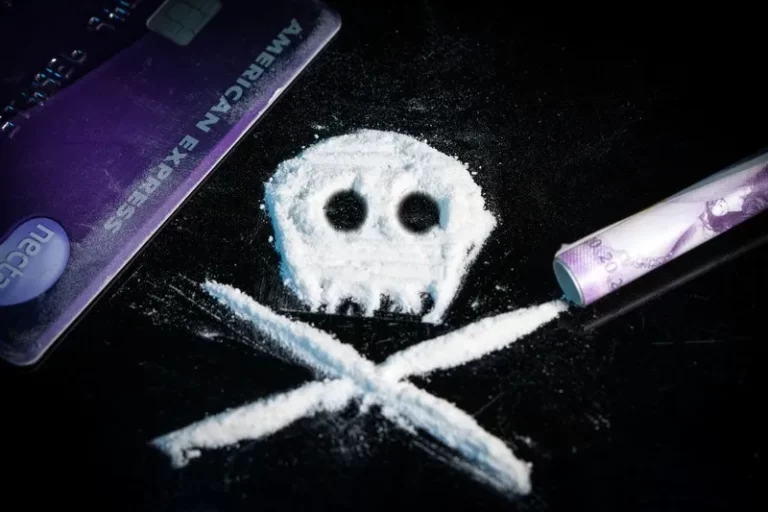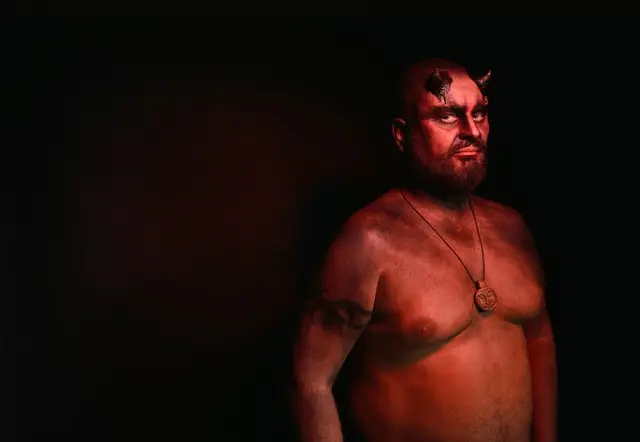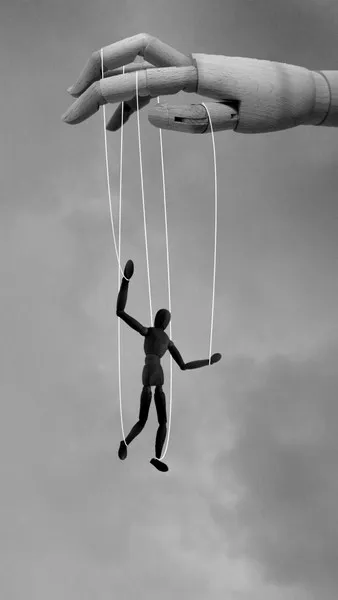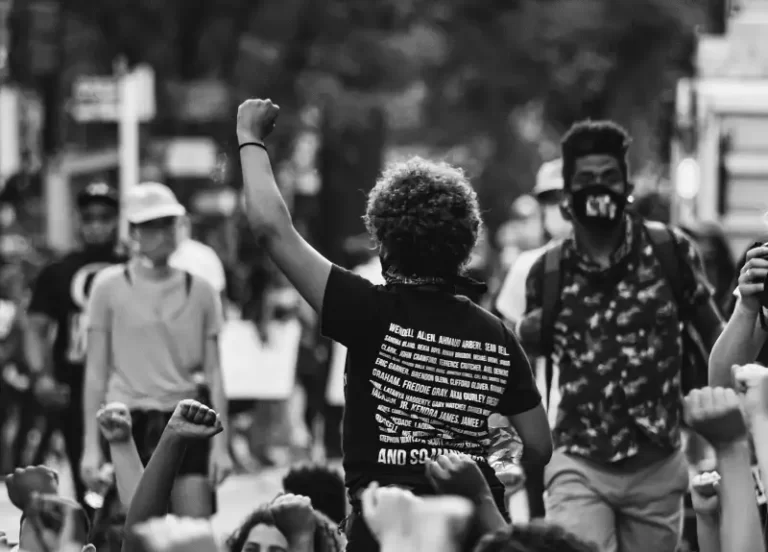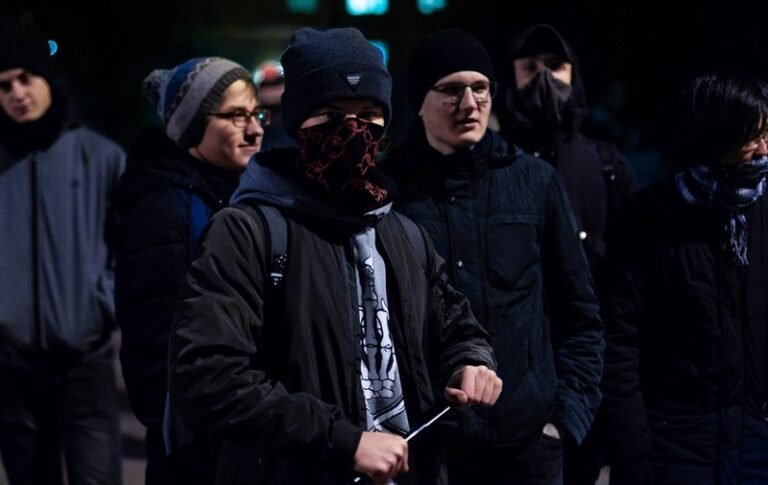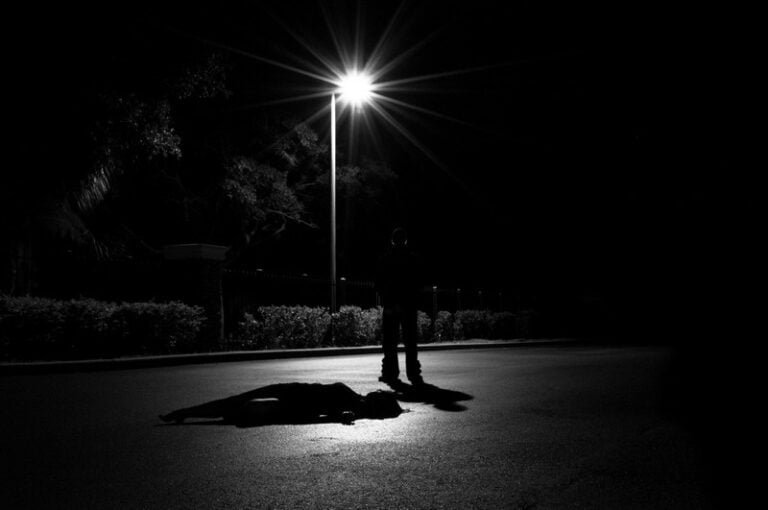Travis Hirschi's theory of social control, introduced in 1969, provides a framework for understanding the mechanisms through which societies prevent deviance and maintain social order. His theory posits that strong social bonds to family, school, and other institutions deter individuals from engaging in deviant behavior. These social bonds are categorized into four elements: attachment, commitment, involvement, and belief. Japanese society, with its unique cultural, social, and institutional frameworks, offers a compelling case for examining how Hirschi's theory is manifested in a real-world context. This essay explores how the key components of Hirschi's social control theory are reflected in various aspects of Japanese society.
Attachment: The Role of Family and Community
In Hirschi's theory, attachment refers to the emotional and social ties that individuals have with others, particularly family members and close associates. In Japan, the family unit and community play a pivotal role in shaping individual behavior and fostering conformity to societal norms. The Japanese family structure, often characterized by strong intergenerational ties and a high degree of parental involvement, is a primary site for the development of attachment.
From a young age, Japanese children are socialized to value harmony (wa) and prioritize group over individual interests. This socialization process is reinforced through various cultural practices and norms that emphasize respect for elders, obedience, and loyalty to the family. The concept of filial piety, deeply rooted in Confucianism, further strengthens the attachment between children and their parents, making deviation from family expectations less likely.
Communities in Japan also contribute significantly to the development of strong social bonds. Neighborhood associations (chonaikai) and other local organizations foster a sense of belonging and mutual support among residents. These community networks play a critical role in socializing individuals and reinforcing norms of cooperation and conformity. The high degree of social cohesion within Japanese communities acts as
